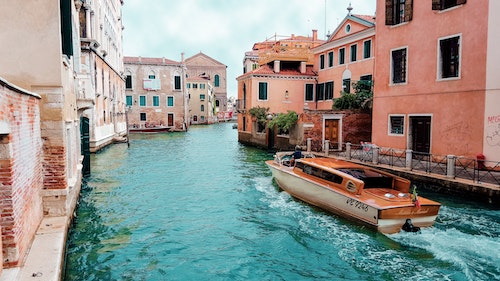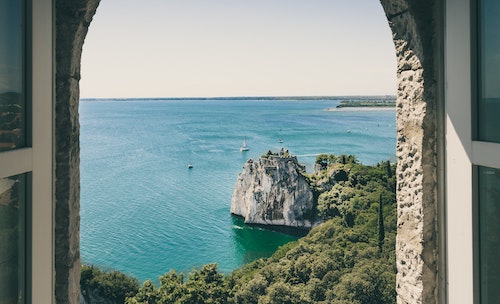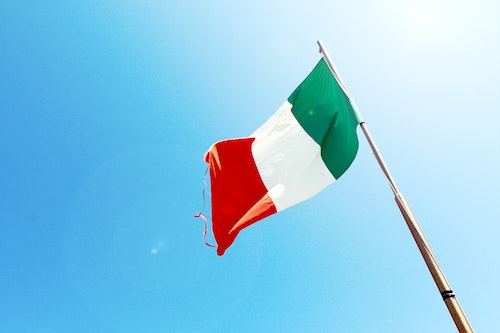If you are an expat residing and working in Italy, you should experience few difficulties in accessing your prescription medication, whether you are covered by private health insurance or are registered with the Italian health authority (the Azienda Sanitaria Locale or Local Health Agency: ASL) and thus have national health insurance under the public scheme, the Sistema Sanitario Nazionale (SSN). The SSN covers some prescriptions although you may need to pay a small fee for these unless they are termed ‘life-saving’ medication, but we will look at some of your options below.Most of the prescription and over-the-counter drugs that are readily available in other European nations can also be found in Italy. Before they are placed on the Italian market, all drugs must be classified for price and reimbursement purposes, i.e. whether the product is reimbursed by the SSN.
Prescription drugs can only be prescribed by doctors, but not all doctors can prescribe all categories of drugs: those that are subject to a restricted medical prescription, for instance, can be prescribed only by certain medical specialists.
Non-prescription drugs can also be distributed by para-pharmacies: these are not authorised as pharmacies but are still subject to requirements set out by the Ministry of Health. Pharmacies have a monopoly on products such as aspirin and decongestants, so unlike some other regions, you will not be able to buy some medication at supermarkets.

You can bring your prescription medication with you into Italy but it is advisable to keep it in its original packaging. You will need a note from your GP, or your original prescription, if you are taking three ounces or more of liquid medicine into the country with you. Also, alert the airport authorities if you are carrying an epipen or medication which contains a controlled substance, such as opiates or narcotics.
How much do prescriptions cost?
As above, the SSN will cover some prescriptions. You will have to take these to a pharmacy (farmacia): Italian pharmacies tend to be family owned and there are not the big pharmaceutical chains here that you may find in other countries.
If you are covered by the national health scheme, you will need to make a small co-payment for your prescription. This is banded as follows:
• insulin, some painkillers (although not aspirin), antibiotics, cortisones, ulcer treatments & eye drops: 10% co-payment
• hormone treatments, antacids and some anti-inflammatory drugs: 50%
• aspirin, throat pastilles, vitamins, throat gargles & dermatological creams: 100%
People in vulnerable groups, such as the elderly under a certain income limit (€37K), people with chronic illnesses or children under six, have subsidised
prescriptions and should not pay more than €3.50. Some OTC medicines are cheaper than prescription ones, so if in doubt, ask your pharmacist. Medication in Italy can be expensive.
How to get the care you need
If you are working for a company based in Italy, they should register you for state medical insurance, but check this with them. If not, or if you are self employed, you can sign up yourself by going to your local Post Office and completing a form known as MODELLO F24. (Note that this is not free if you are a non-EU citizen: you will need to pay a sum of around €150 in order to register and this is renewable annually). You will need to take this, plus some documentation, to your nearest branch of the ASL.

The ASL will then issue your Italian health insurance card (tessera sanitaria) and a green card with information about your doctor (documento personale di iscrizione al servizio sanitario nazionale) and will sign you up with a doctor: you can choose which practice you are enrolled with. Your GP will then be able to consult with you about your medication and issue you with your prescriptions.
You will not be treated under the public system unless you take your health insurance card with you, and as above, you will need to renew your health insurance card every year.
You can check the opening hours at your local branch, identifiable by its green cross sign, and also the hours of the nearest emergency or out of hours pharmacy: Italy operates on a farmacia di torno system, in which pharmacies take turns in staying open. If you’re in a city, you should have no trouble in locating a pharmacy. Opening hours are usually 8.30 am – 12.30 pm, and then 3.30 pm – 7.30 pm.
If it is an emergency and you do not have your prescription with you, you will need to go to the nearest A&E (pronto soccorso). The emergency number in Italy is 118, if you need to summon an ambulance.

The local pharmacist may issue you with the nearest medicine to your prescription medication. Your prescription may also be for a homeopathic remedy (omeopatia), since these can be prescribed by Italian doctors, and you may also find a number of herbalists (erboristerie) in the country as well.
Remember that you can also access non-prescription pharmaceutical products online, but not prescription medication. All online pharmacies must be registered with the Italian Ministry of Health.
Some private providers may issue policies which offer pharmacy cover, either inpatient or outpatient medication from a pharmacy. Check your policy, especially if you are anticipating high medication costs during your stay in Italy.
Would you like to share your experience of life abroad with other readers? Answer the questions here to be featured in an interview!

